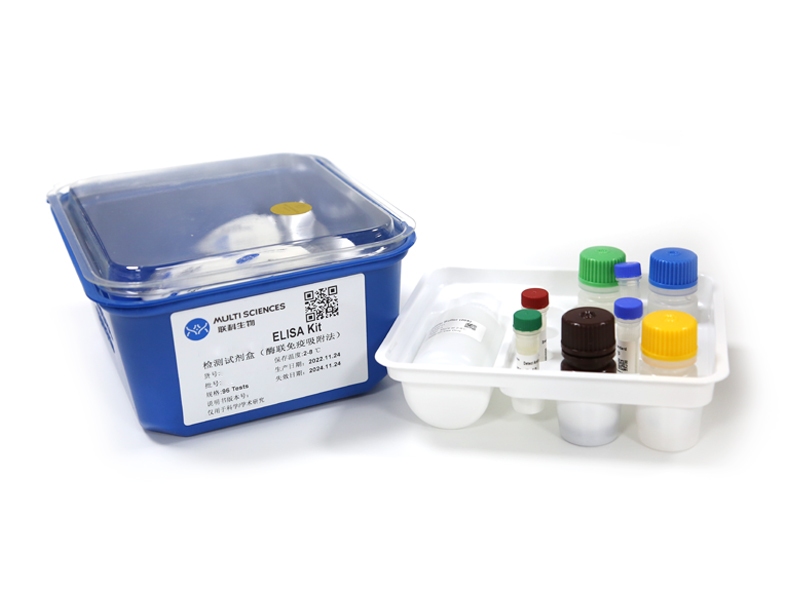文章目录[隐藏]
The hypoxic tumor microenvironment (TME) hinders the effectiveness of immunotherapy. Alleviating tumor hypoxia to improve the efficacy of immune checkpoint inhibitors (ICIs) represented by programmed cell death protein 1 (PD-1) antibody has become a meaningful strategy. In this study, we adopted three methods to alleviate hypoxia, including direct oxygen delivery using two different carriers and an indirect way involving HIF-1α inhibition. Both in vivo and in vitro experiments showed that liposomes modified with perfluorocarbon or hemoglobin (PFC@lipo or Hb@lipo) were able to efficiently load and release oxygen, relieving tumor hypoxia. However, the gas release behavior of PFC@lipo was uncontrollable, which might induce acute hyperoxia side effects during intravenous injection and reduce its biosafety. In contrast, whether administered locally or systemically, Hb@lipo revealed high animal tolerance, and was much safer than commercial HIF-1α inhibitor (PX-478), displaying prospects as a promising oxygen carrier for clinical practice. Pharmacodynamic experiments suggested that Hb@lipo helped PD-1 antibody break the therapeutic bottleneck and significantly inhibited the progression of 4?T1 breast cancer. But in CT26 colon cancer, the combination therapy failed to suppress tumor growth. After in-depth analysis and comparison, we found that the ratio of M1/M2 tumor associated macrophages (TAMs) between these two tumor models were dramatically different. And the lower M1/M2 ratio in CT26 tumors limited the anti-tumor effect of combination therapy. In this study, three methods for alleviating tumor hypoxia were compared from the perspectives of biosafety, efficacy and clinical applicability. Among them, Hb@lipo stood out, and its combined use with PD-1 antibody exhibit a distinct synergistic suppression effect on tumors with more M1 macrophages presented in the microenvironment. Our work provided a good reference for improving the efficacy of PD-1 antibody by alleviating tumor hypoxia.
文章引用产品列表
-
- EK282
- ELISA试剂盒
Mouse TNF-a ELISA Kit检测试剂盒(酶联免疫吸附法)
- ¥1,600.00 – ¥10,800.00
-
- EK981
- ELISA试剂盒
Human/Mouse/Rat TGF-β1 ELISA Kit检测试剂盒(酶联免疫吸附法)
- ¥1,600.00 – ¥10,800.00
-
- EK280
- ELISA试剂盒
Mouse IFN-gamma ELISA Kit检测试剂盒(酶联免疫吸附法)
- ¥1,600.00 – ¥10,800.00
-
- EK202
- ELISA试剂盒
Mouse IL-2 ELISA Kit检测试剂盒(酶联免疫吸附法)
- ¥1,600.00 – ¥2,650.00



